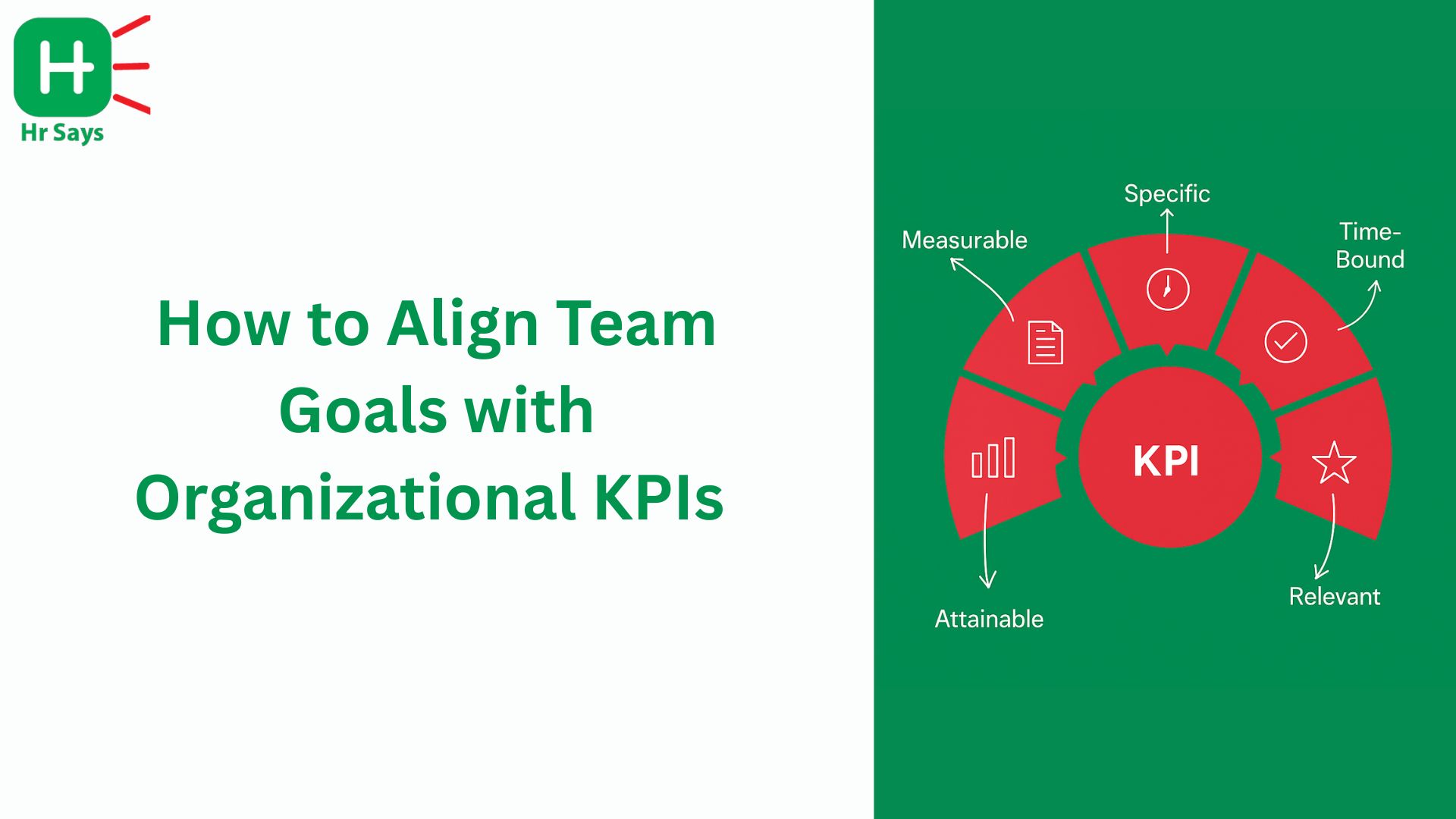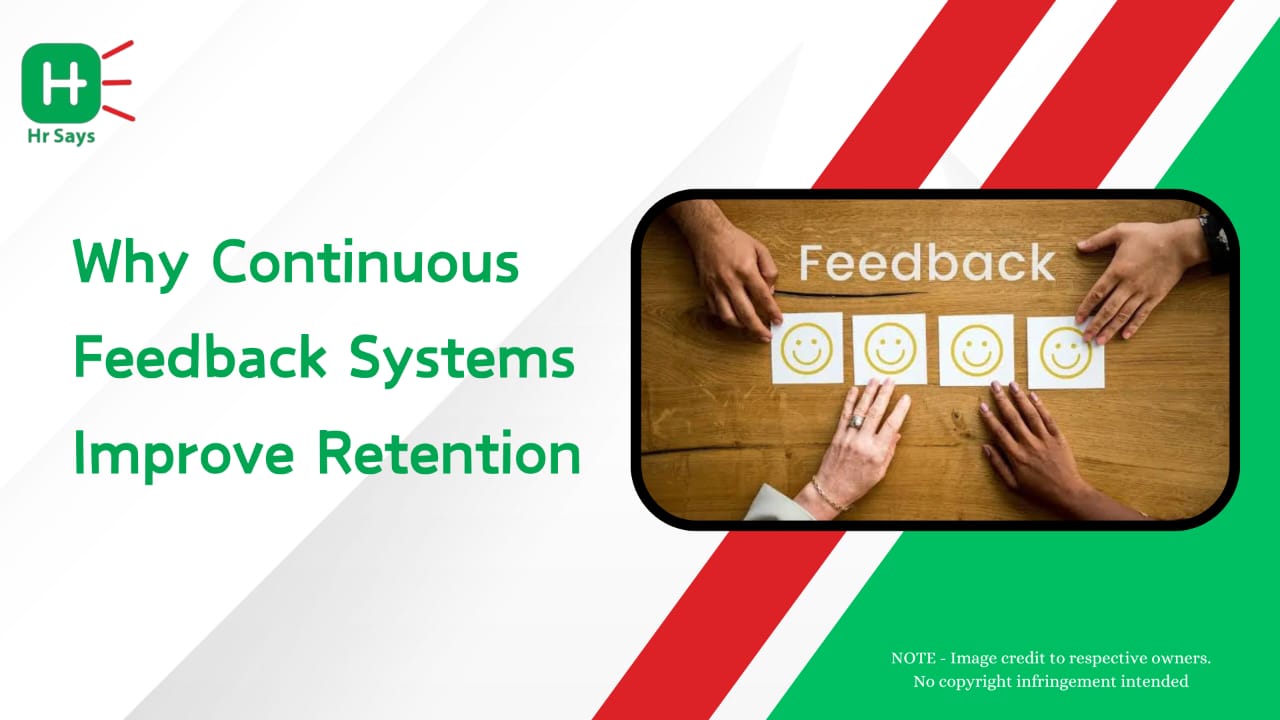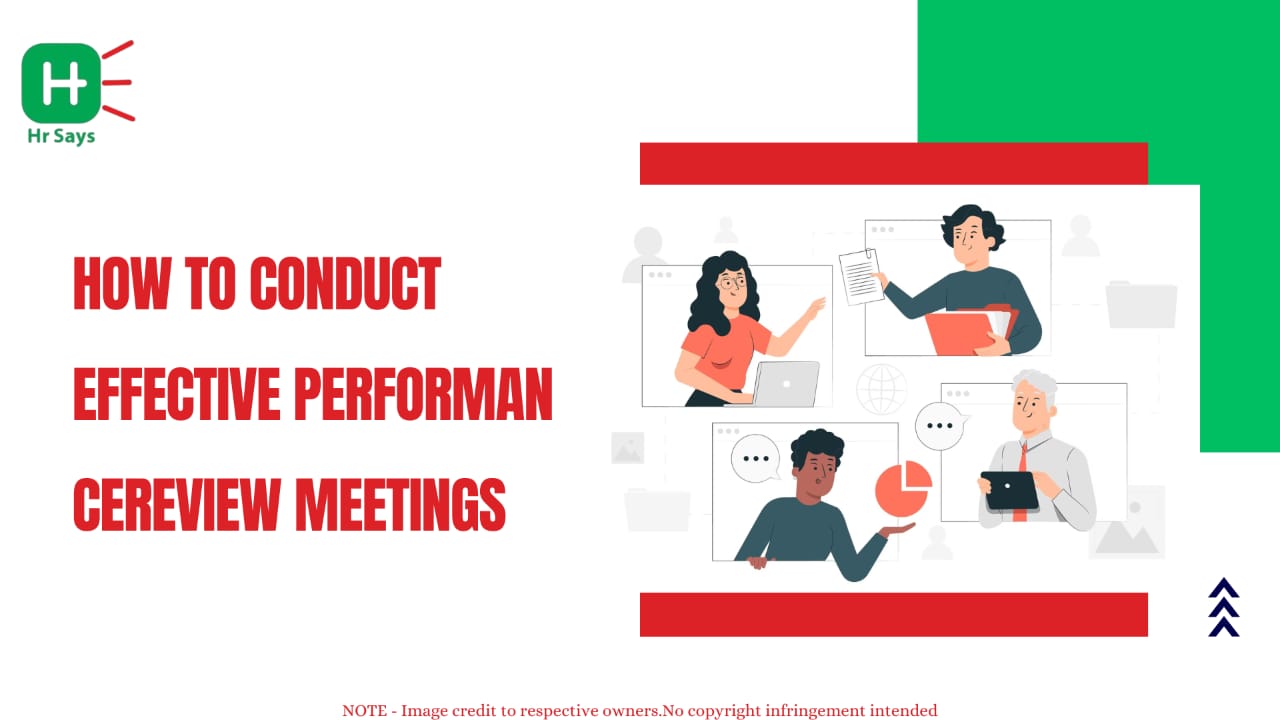Why do employees remember a message way after the rest of a meeting is over? The information or the pitch it contains is not always the thing--the thing of a story. Storytelling in HR is not just a trend in a changing workplace today, but rather a connector between people, purpose and performance.
The Power of Storytelling in Human Resources
Weaknesses assist employees in finding purpose in their work as a result of stories. They are used in place of corporate jargon with human experiences in HR communication. Employees can associate with leaders on genuine accounts of struggle, growth or change. This relationship of emotion helps in employee engagement, trust in the leader and the culture of work place forces.
The narration of stories helps convert abstract policies into one that can be understood and identified with. It has an influence on how employees feel about their organization- transforming the words on a wall values into something that they can have confidence on.
Why Storytelling Builds Employee Connection
In HR, every initiative—be it onboarding, performance feedback, or culture-building—has a story to tell. Sharing it right helps people feel included and understood.
● Humanizes communication: Employees connect better when they hear personal or relatable experiences.
● Inspires motivation: Stories about real workplace challenges and success create belief in shared goals.
● Strengthens company culture: Narratives around purpose, diversity, and inclusion nurture belonging.
● Improves retention: When employees emotionally identify with the company’s journey, they stay longer.
When used thoughtfully, storytelling supports employee engagement strategies by appealing to hearts, not just minds.
Storytelling as a Tool for HR Leaders
HR professionals can use storytelling to simplify complex topics—policy changes, leadership transitions, or organizational growth. Rather than sending lengthy emails, they can use stories to show how decisions impact people.
For instance, instead of stating that “employee well-being is a priority,” HR can narrate how a wellness initiative changed someone’s life. It turns a policy into a purpose-driven moment.
Ways HR leaders can apply storytelling:
● During onboarding, share the company’s founding journey.
● In training, use narratives to explain values and ethics.
● For recognition, celebrate individual achievements through stories.
● In internal communication, highlight transformation and learning.
Such practices encourage authenticity and build stronger human connections across departments.
The Role of Storytelling in Organizational Change
Change is often met with resistance. But storytelling can soften that edge. By weaving stories of adaptation and resilience, HR can help employees relate to the “why” behind a shift. When employees feel seen and heard, they’re more likely to embrace transformation with trust.
Moreover, leadership storytelling gives faces to decisions, helping employees align emotionally with new directions. It connects strategy with empathy—something numbers alone can’t do.
Conclusion
In a time when workplaces are becoming more digital and diverse, storytelling gives HR its human touch back. It turns routine communication into memorable experiences and policies into shared beliefs. When stories are told with authenticity, they remind employees that behind every title and task, there’s a person who feels, learns, and grows.
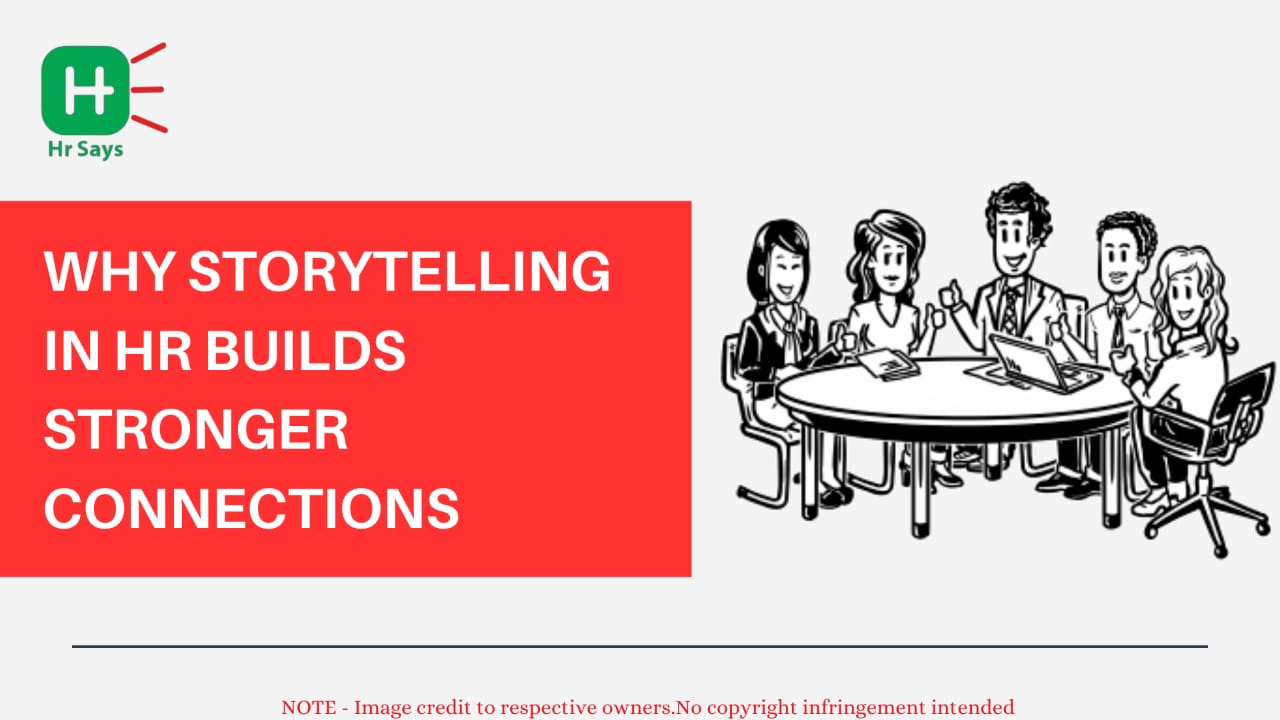
 Storytelling in HR humanizes communication, strengthens employee engagement, and builds
workplace trust. It connects people through shared experiences, shaping organizational culture
and making every message more meaningful and memorable.
Storytelling in HR humanizes communication, strengthens employee engagement, and builds
workplace trust. It connects people through shared experiences, shaping organizational culture
and making every message more meaningful and memorable.









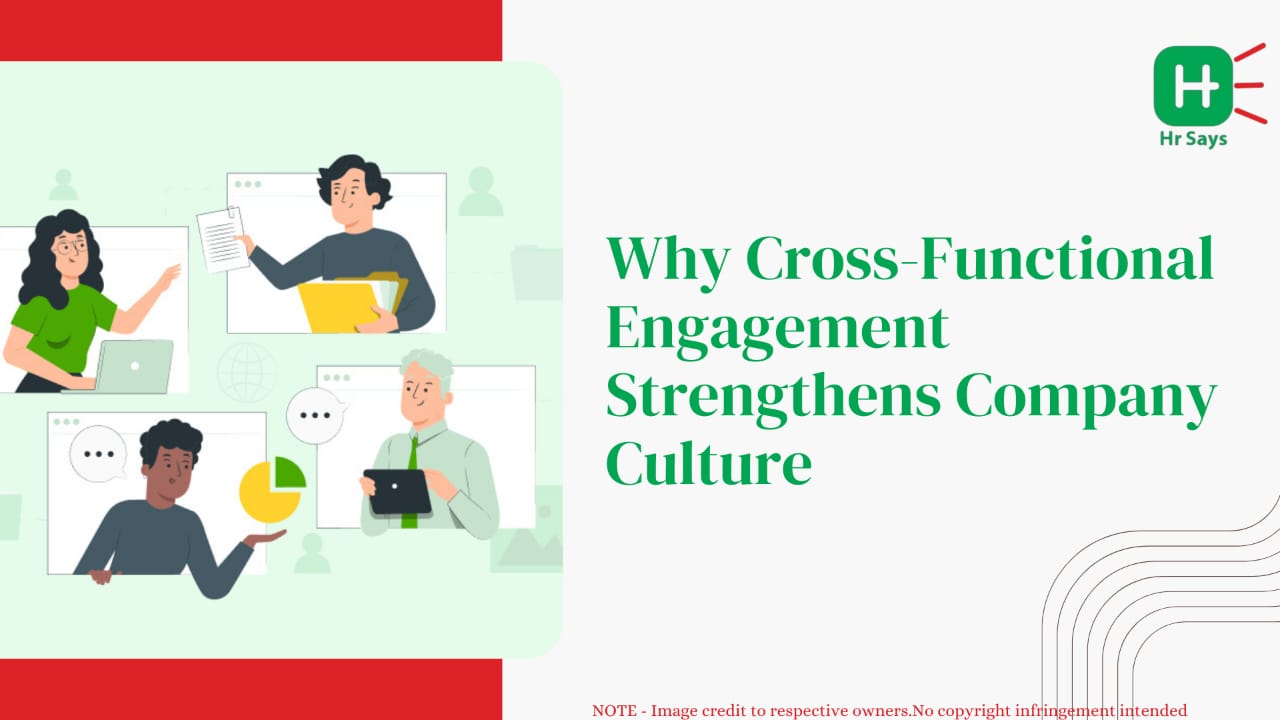

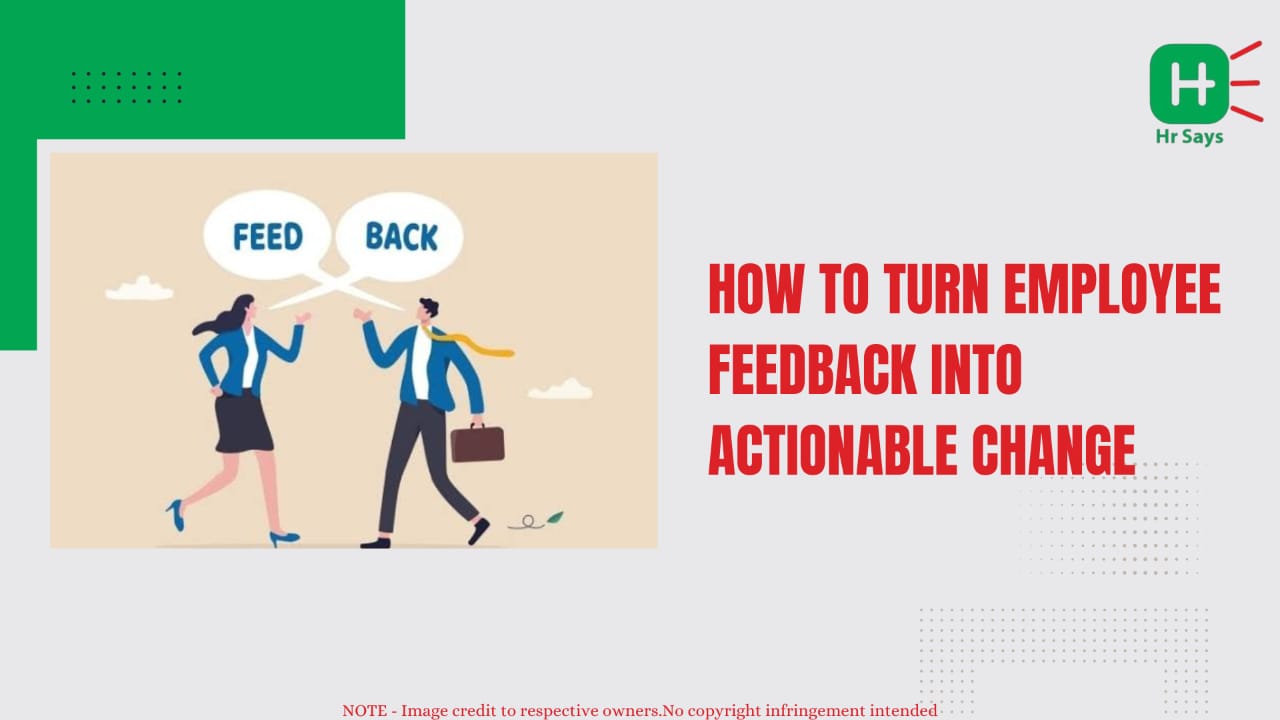


.jpeg)
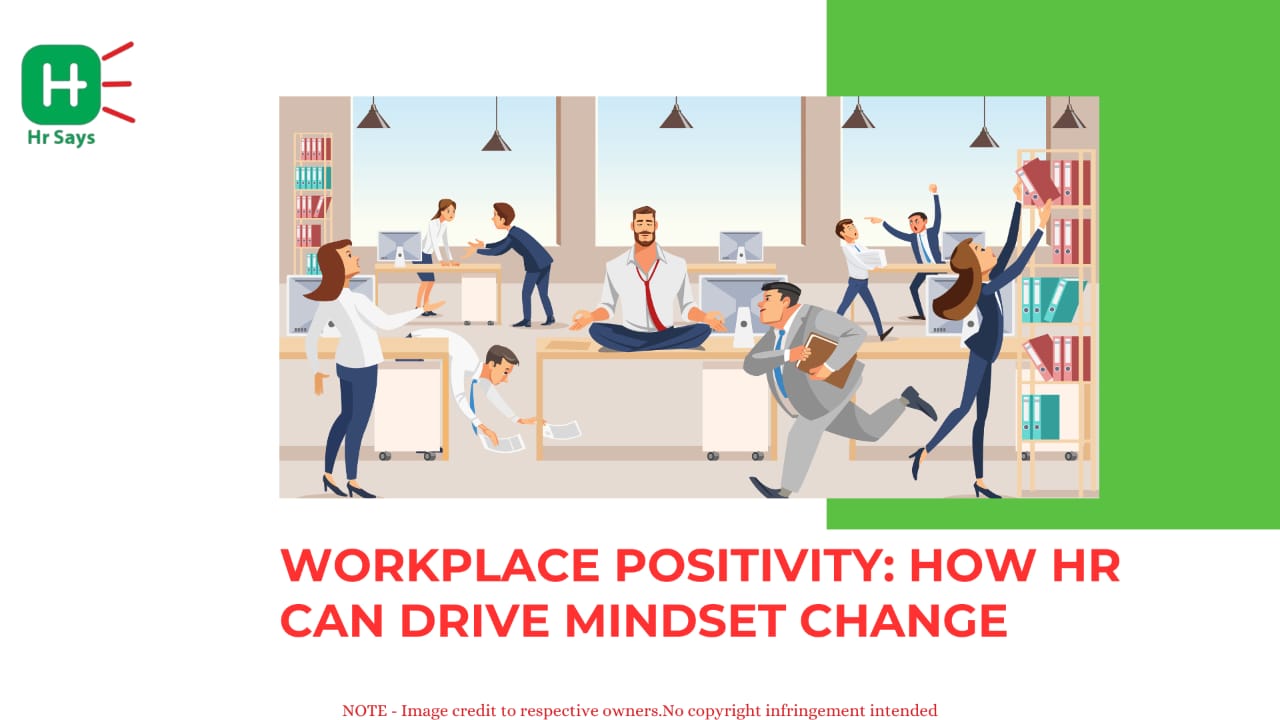


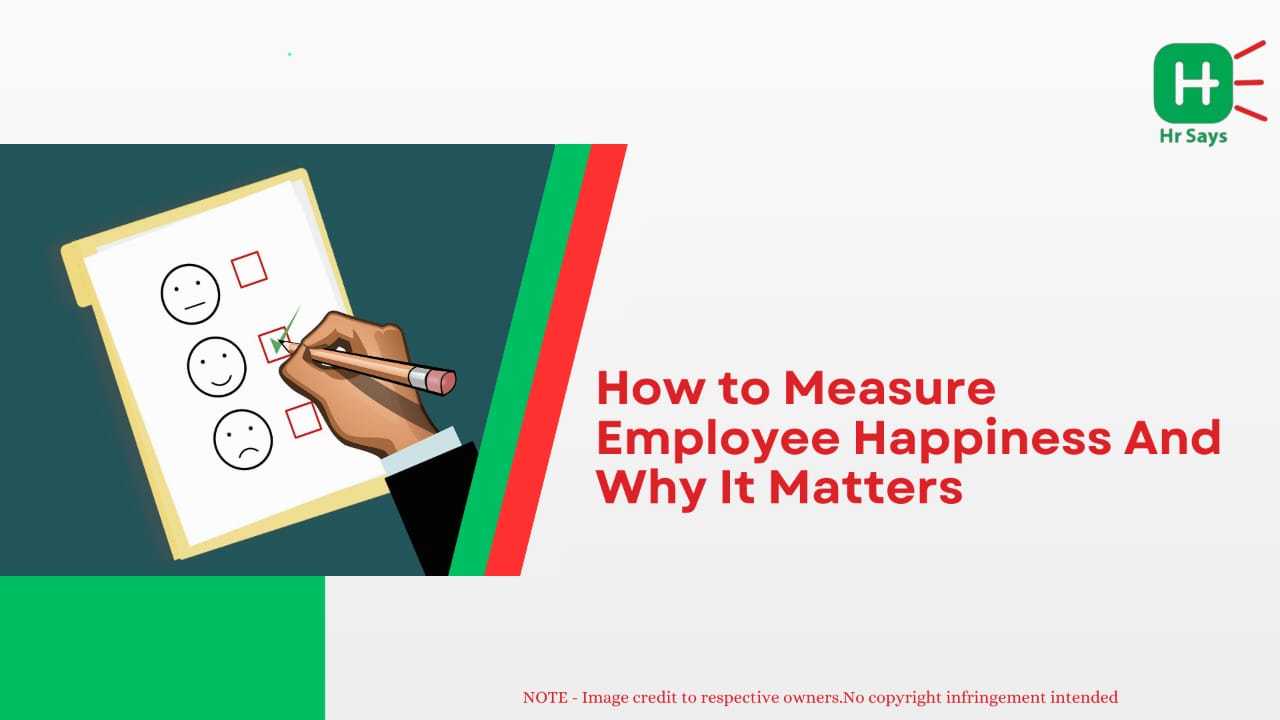

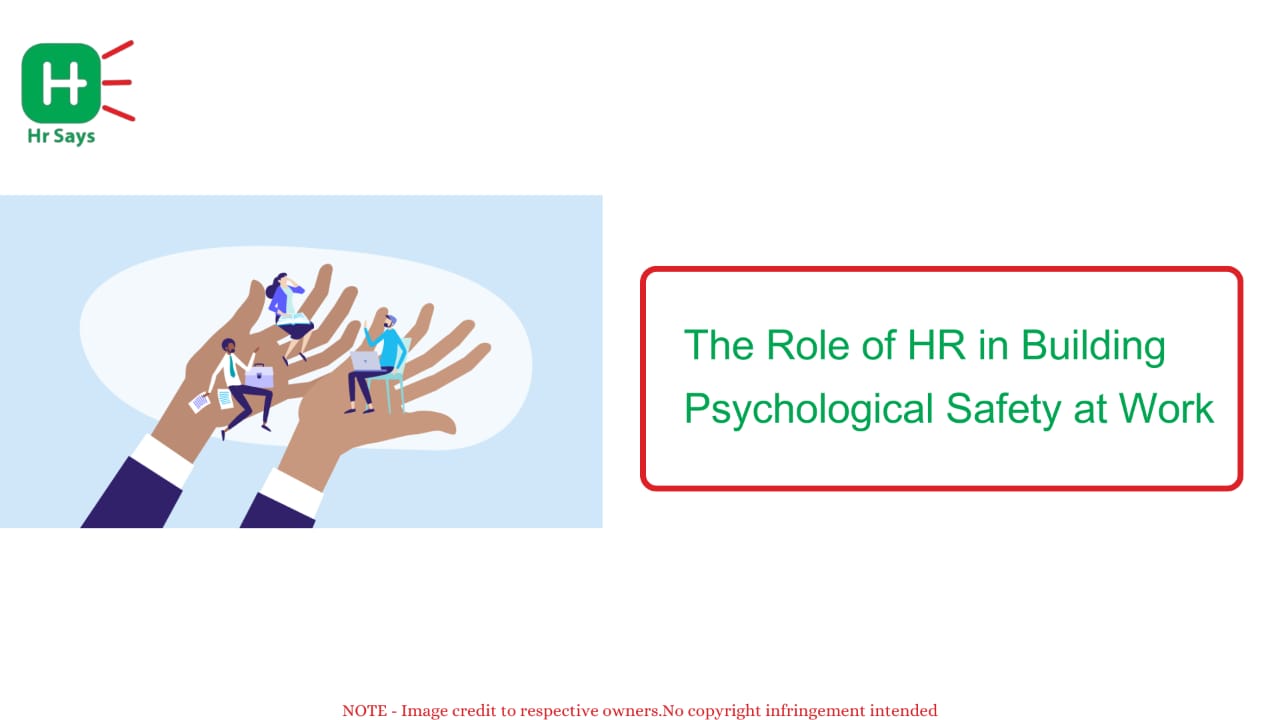

.jpg)
